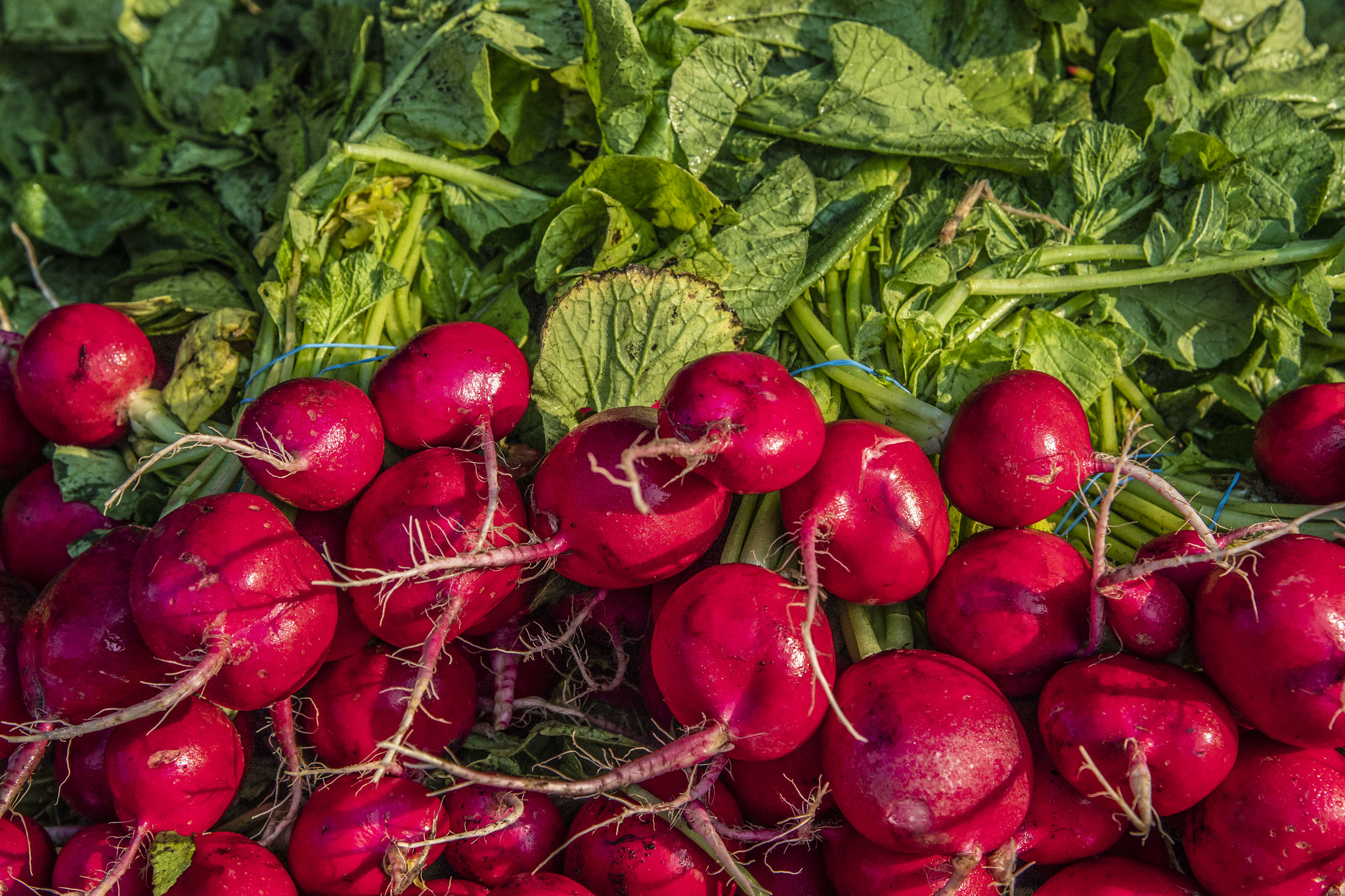Crops
 The effects of climate change on crop production will vary by region, and will largely be a factor of impacts on resources important to agricultural production, such as soil and water.
The effects of climate change on crop production will vary by region, and will largely be a factor of impacts on resources important to agricultural production, such as soil and water.
Soils provide a wide variety of ecosystem services, including regulating carbon through sequestration and providing a structure to support crop plants. Erosion of soil, the primary source for soil particles to leave agricultural fields, may increase in certain areas of the U.S. due to climate change. Some areas of the country will experience less rainfall, causing soils to dry out. Combined with higher winds, this may lead to higher rates of wind erosion. Other areas may experience more intensive rainstorms, which can increase erosion rates by washing out stream banks, for example. Other factors affecting soil erosion that may increase or decrease due to climate change include changing irrigation needs, snowmelt patterns, soil erodibility, conservation practices, and topography.
Continue to the full text Croplands in a Changing Climate or browse related content:
-
ADAPTA | Climate Adaptation Project
ADAPTA Climate Change Adaptation Project from the Caribbean Climate Hub
-
Teach Kids about Farming, Climate, and Soil with Sr. Sapo and the Caribbean Climate Hub
The video promotes agriculture and illustrates how food production is influenced by the climate through the experiences…
-
Specialty Crop Production in a Constantly Changing Climate
The fact that our farms tend to be smaller allows the industry as a whole to be responsive to change. These attributes…
-
Cecarelli Farms Talks Data Driven Decision-Making
“[It's] amazing the difference a few miles can make. You see, if you’re in a valley, you could be in real trouble…
-
Biofuel
Students at Mississippi State University are working with U. S. Department of Agriculture researchers to study wildlife…
-
Bioenergy in a Changing Climate
Dr. Manyowa (Norman) Meki (USDA ARS) is gathering field data and simulating several types of biofuels.
-
Growing Seasons in a Changing Climate
The frost-free season length, defined as the period between the last occurrence of 32°F in the spring and the first…
-
High Tunnels at DSU
High tunnels help small farmers protect and improve their operations by serving as a shelter from sun, pests and…
-
Tools
The tools presented below represent a portion of the tools available for the climate and agriculture in the Midwest.…










